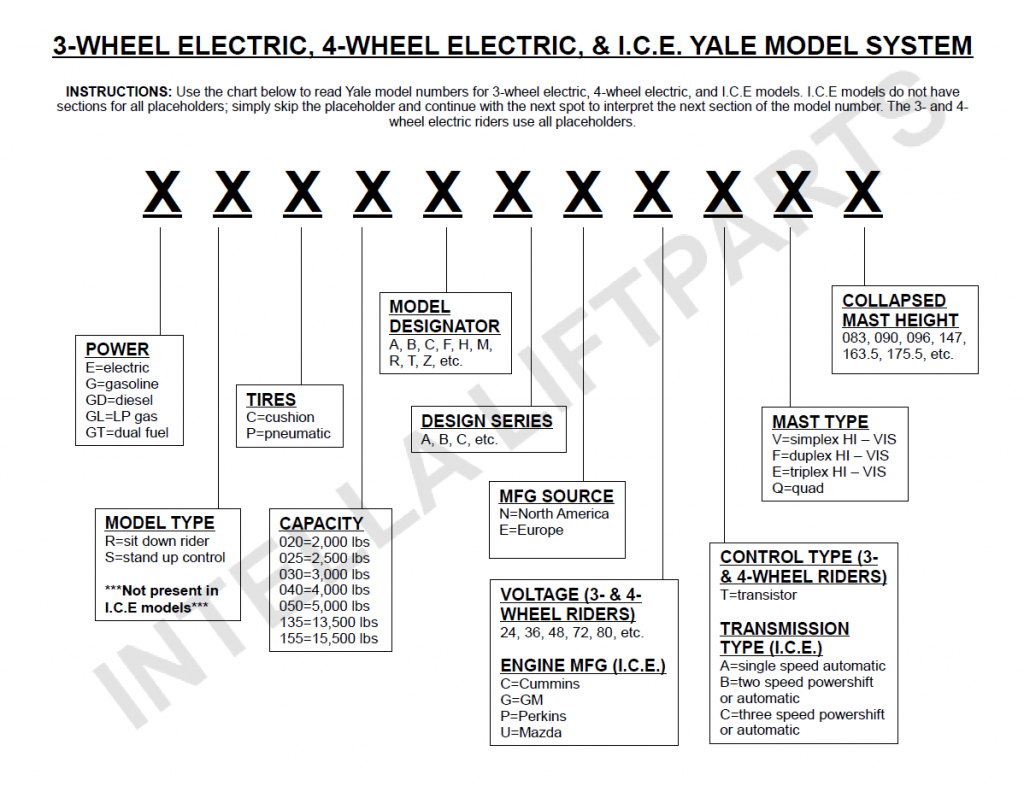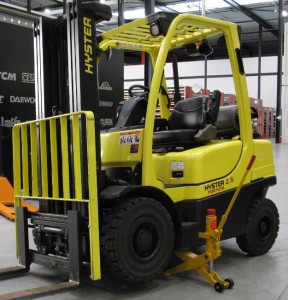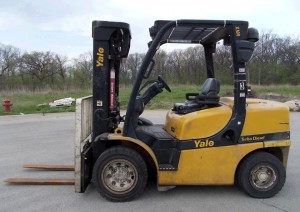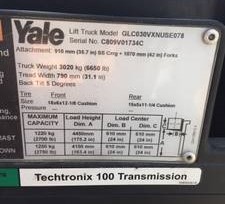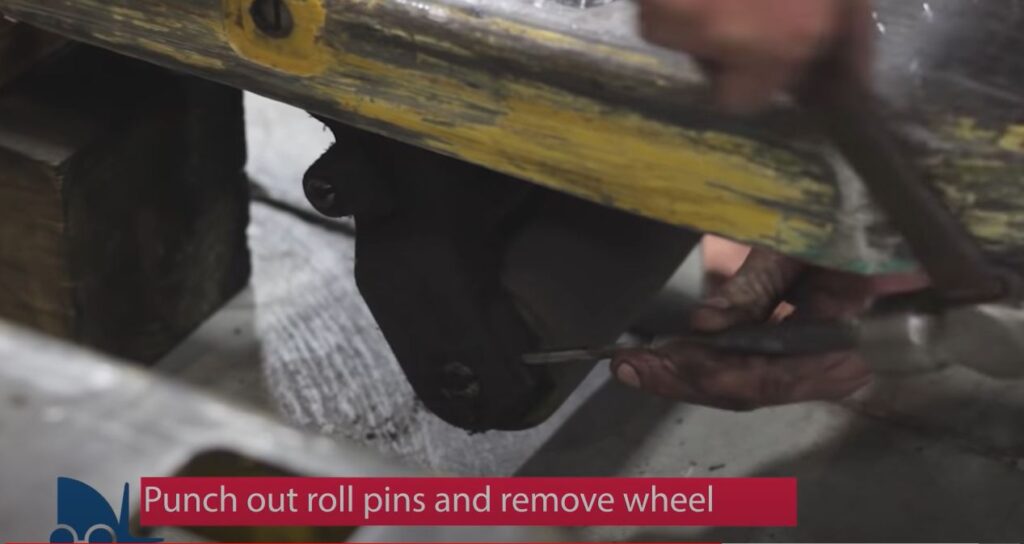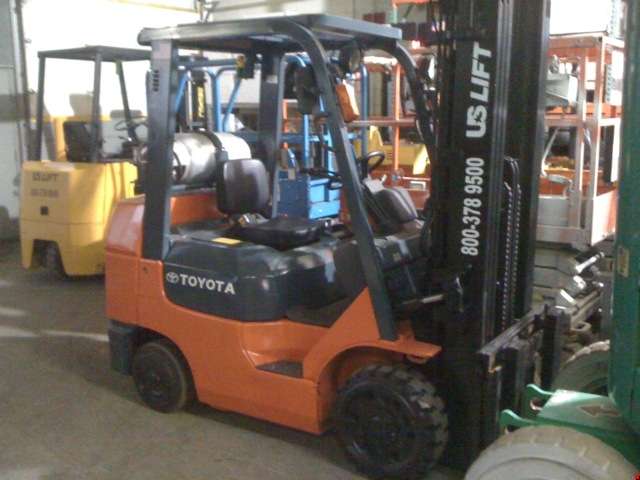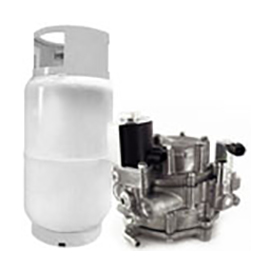Cómo cambiar la contraseña de una carretilla elevadora Hyster o Yale
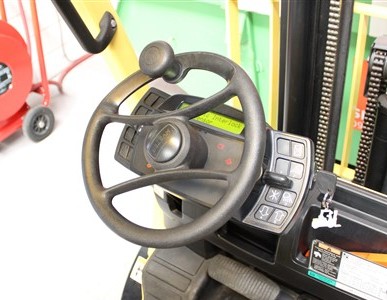
¿Quiere cambiar la contraseña de su montacargas Hyster o Yale? Simplemente siga las instrucciones aquí debajo para poder cambiar la contraseña de su carretilla elevadora. No estamos afiliados con la compañía Hyster pero sabemos mucho sobre carretillas elevadoras Hyster y nos gusta compartir nuestros conocimientos. ¿Necesita piezas de recambios para su carretilla Hyster? Haga click […]
Read Post
